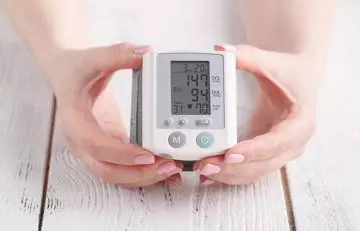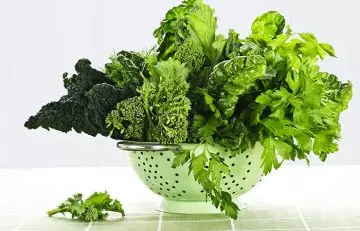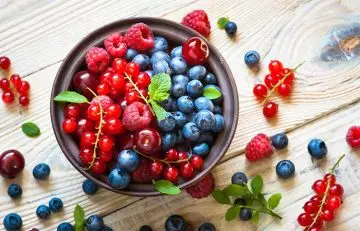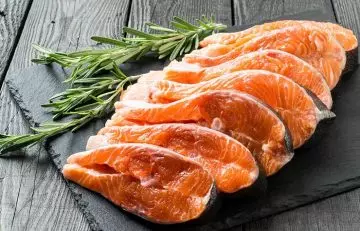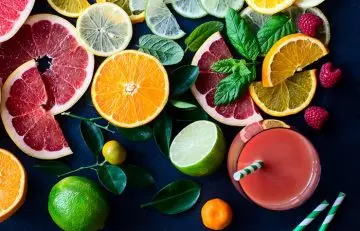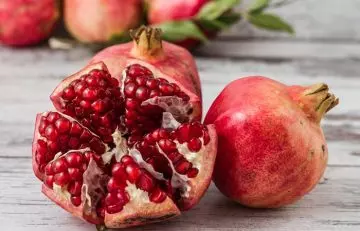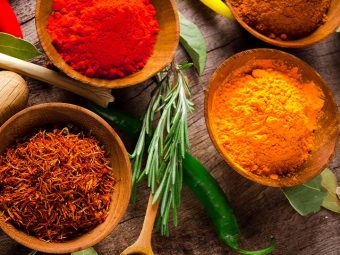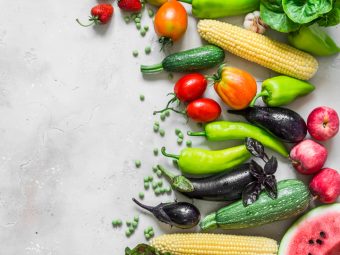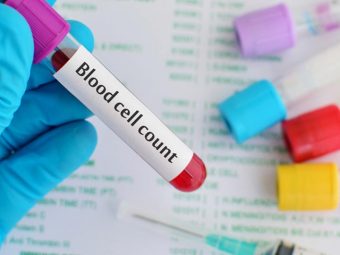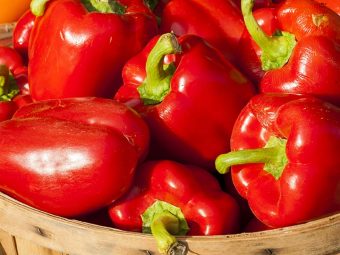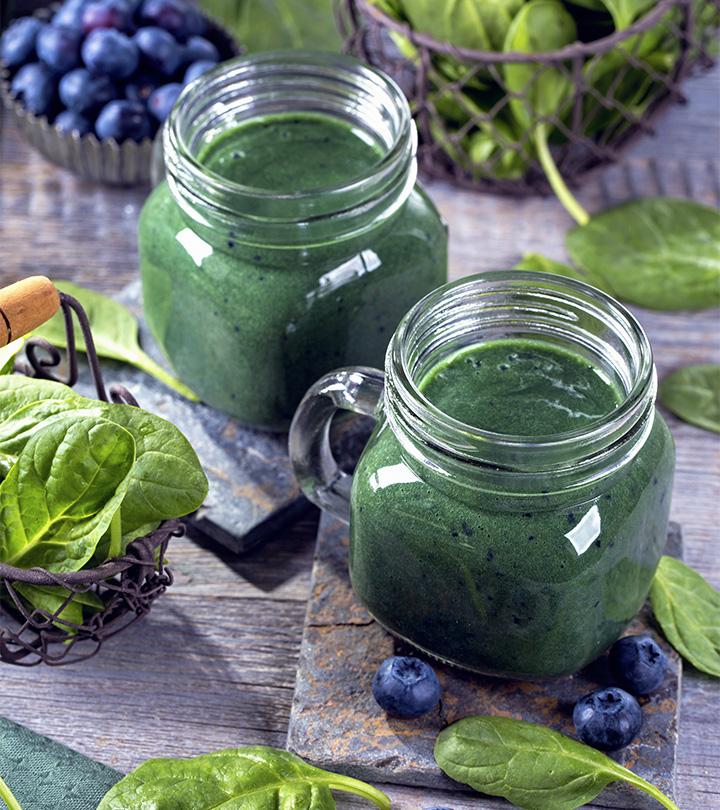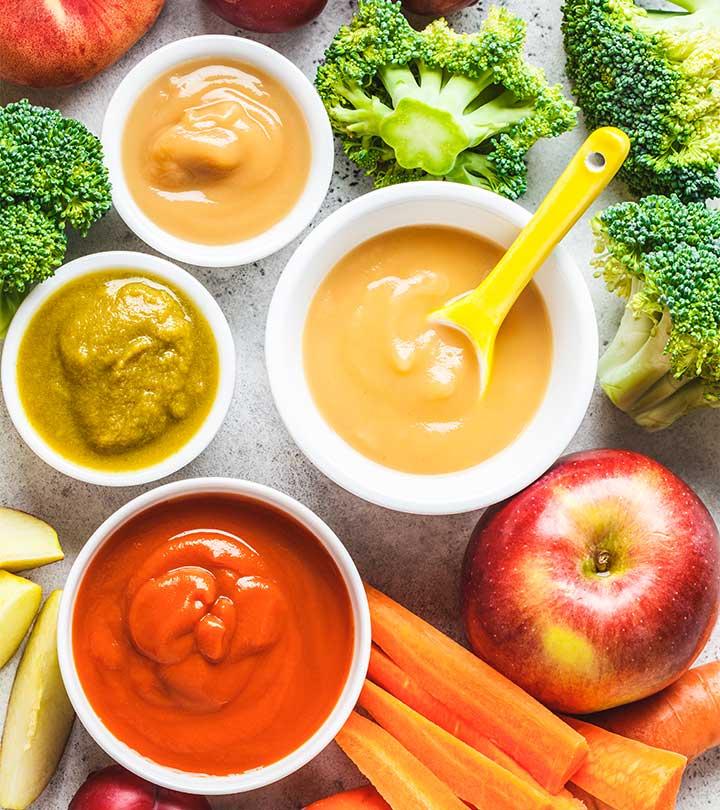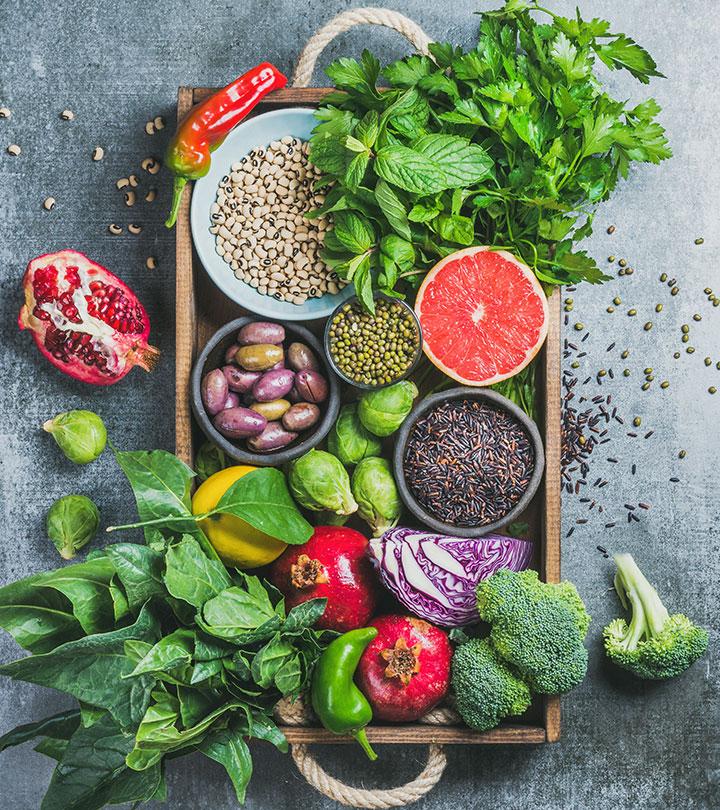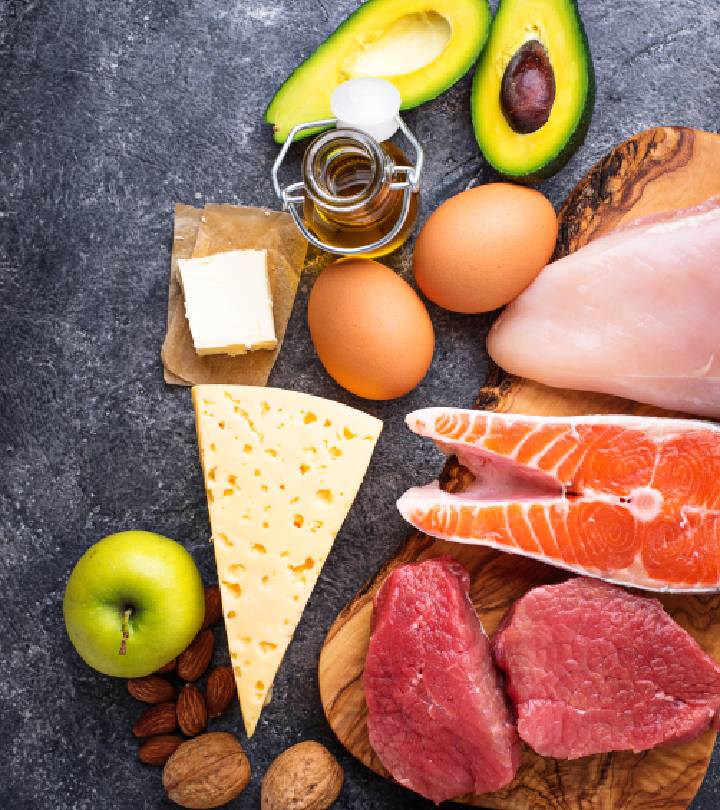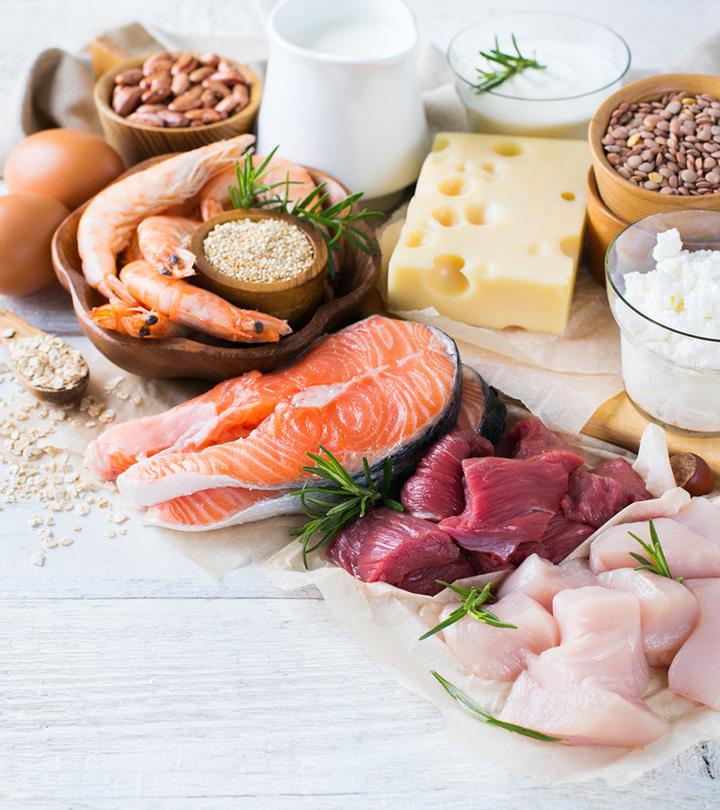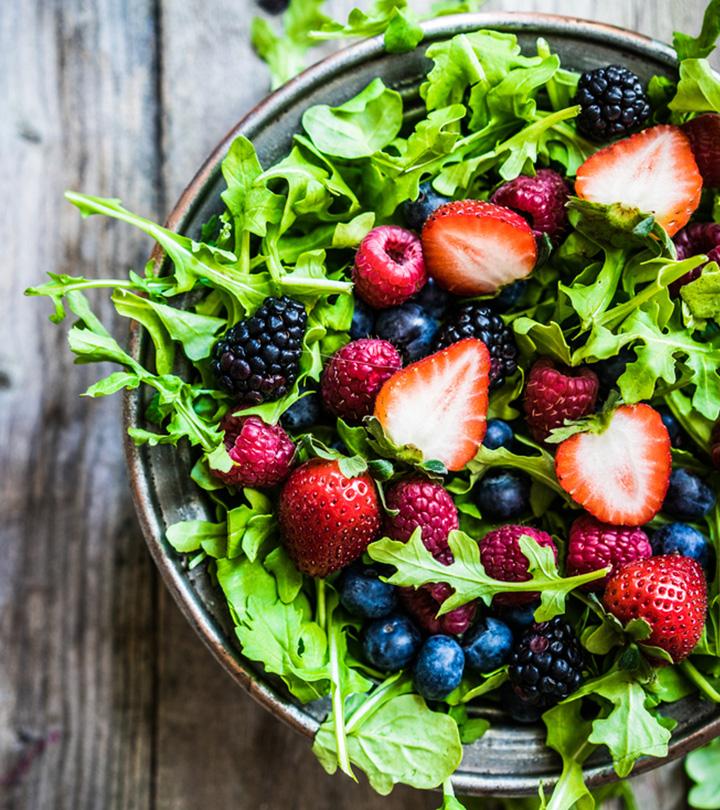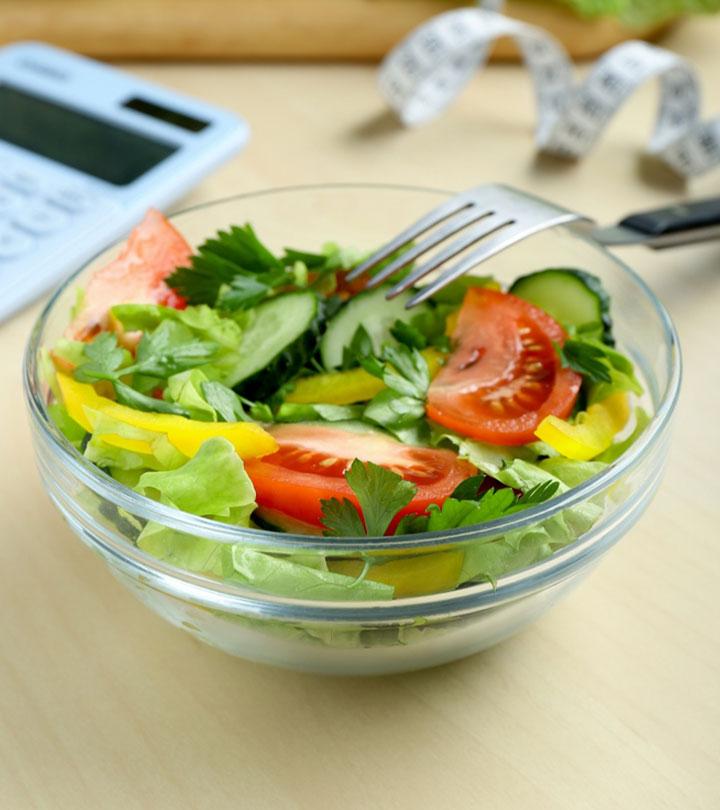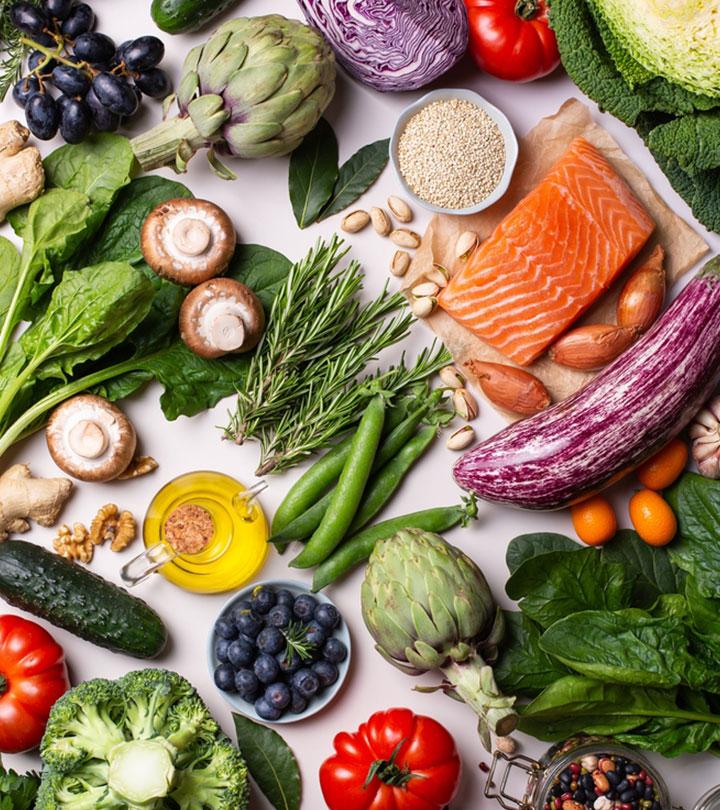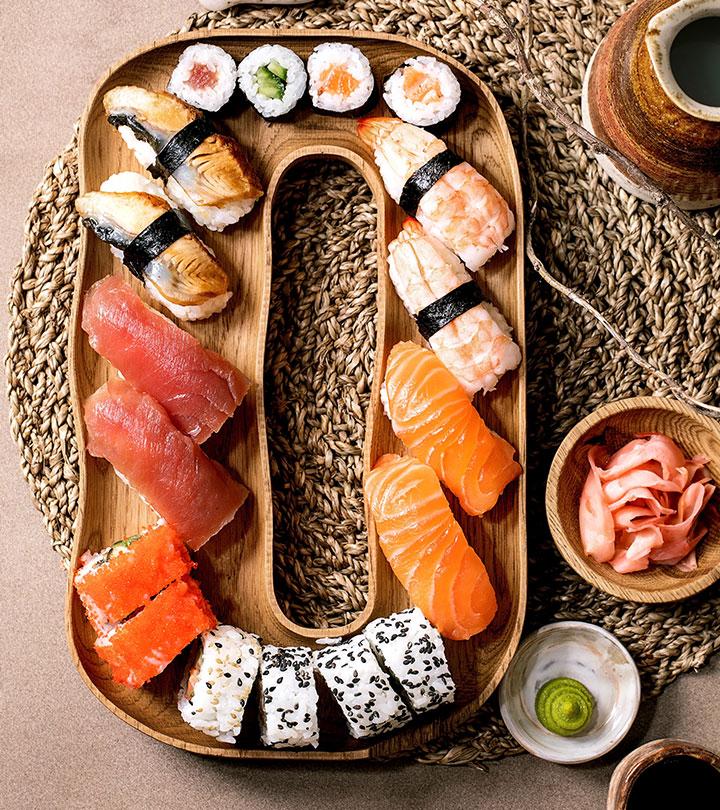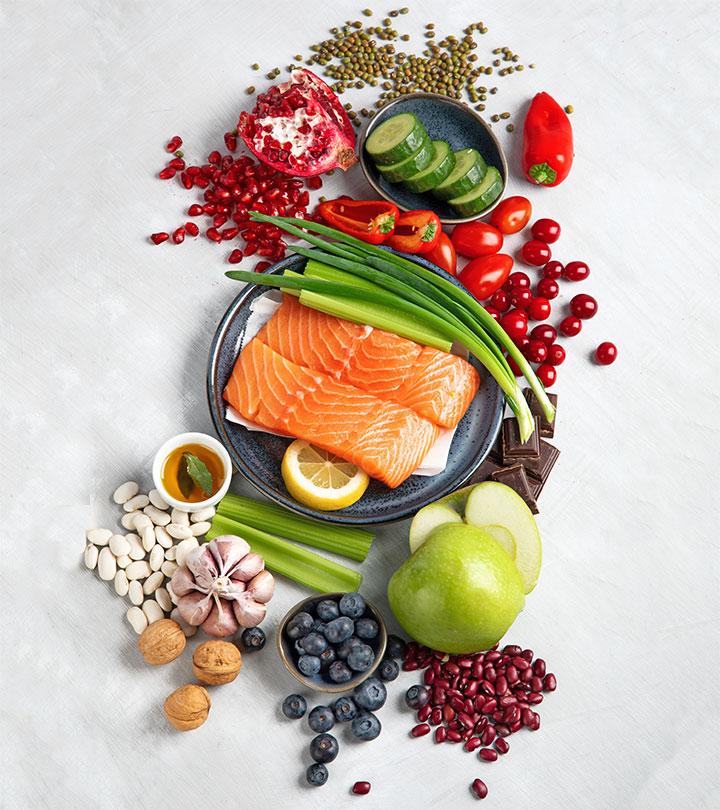15 Best Foods To Lower And Control High Blood Pressure Naturally
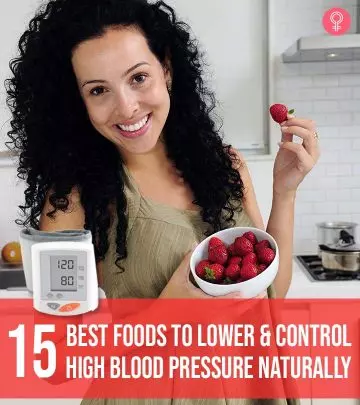
Image: Shutterstock
A whopping 57 million people are affected by high blood pressure. According to WHO, high blood pressure increases the risk of heart attack, stroke, retinal damage, and death (1). In fact, anyone can suffer from high blood pressure, irrespective of their age. Unhealthy food habits, a sedentary lifestyle, being constantly on the web, and professional and personal pressures are the main causes. But luckily, 99% of this problem can be reversed through diet and mindful living. So, sit back, relax, and go through 15 foods for high blood pressure and lifestyle tips. Swipe up!
What Is High Blood Pressure?
High blood pressure or hypertension is the pressure (tension) of blood against the walls of the arteries (2). High blood pressure can damage the blood vessels, leading to heart disease, stroke, and kidney disease (3). And since hypertension goes unnoticed for years, it is known as the “silent killer.” Blood pressure is measured as systolic blood pressure/diastolic blood pressure. The normal blood pressure for adults is 120/80. A blood pressure measurement of 130/85 is considered hypertensive (4). To lower and keep your blood pressure in control naturally, consume the following foods.
15 Foods To Lower High Blood Pressure
1. Leafy Greens
Leafy greens are extremely helpful for nullifying the adverse effects of the stressful life that most of us live. When it comes to hypertension or high blood pressure, the potassium in the leafy greens helps flush out the excess sodium (one of the main reasons of high blood pressure) from the body, thereby lowering your blood pressure.
Here is the list of leafy greens that you must consume regularly:
- Kale
- Spinach
- Arugula
- Romaine lettuce
- Radish greens
- Turnip greens
- Swiss chard
- Collard greens
- Beet greens
2. Skim Milk And Yogurt
Skim milk and yogurt are low in fat content and good sources of calcium and potassium. Both calcium and potassium help flush out sodium from the body. Also, in a study published in the journal, Nutrients, consumption of yogurt led to lowering of high blood pressure (5). So, consume about 2 glasses of low-fat milk and 1-2 mini bowls of low-fat yogurt per day to lower high blood pressure.
3. Berries
Berries are highly potent antihypertensive foods. They are great sources of vitamin C, polyphenols, dietary fiber, and anthocyanins. Scientists found that women who consume berry juice had significantly lower blood pressure and reduced arterial stiffness (6). Another study proved that consumption of berry juice regularly could help control blood pressure in adults between 50-70 years of age (7).
4. Oatmeal
Oats are a great source of dietary fiber, healthy fats, vitamins, and minerals. They are great for weight loss as they help lower the lipid levels in the blood, which also has an impact on high blood pressure. In fact, scientists have found that people who consume about 5 g of oats per day showed about 7.7 mm Hg reduction in systolic blood pressure, and 5.5 mm Hg reduction in diastolic blood pressure (8). So, consume oats for breakfast or lunch every day.
5. Fatty Fish
Fatty fish like salmon, mackerel, hilsa, and tuna are loaded with omega-3-fatty acids, which help reduce inflammation in the body. They are also great sources of vitamin D. Scientists believe that the DHA in omega-3 activates the voltage-gated channels in the cells, thereby flushing out sodium (9). An experiment showed that those who consumed fatty fish lost weight and had reduced systolic and diastolic blood pressures (10). Consume 3-4 servings of fatty fish per week. You can also take fish oil supplements after consulting your doctor.
6. Beetroot
Beetroots are loaded with nitric oxide that helps dilate the blood vessels, thereby lowering the blood pressure. Australian scientists conducted an experiment with 15 men and 15 women, and divided them randomly into the control and test groups. The test group consumed 500 g of beetroot juice, and the control group consumed apple juice. After two weeks, the test group showed a 4-5 mm Hg reduction in systolic blood pressure (11).
7. Vitamin C-rich Fruits
Fruits that are good sources of vitamin C, such as grapes, oranges, grapefruit, kiwi, limes, and lemons can help lower your blood pressure. Scientists found that a dosage of 500 mg of vitamin C per day helped lower systolic and diastolic blood pressures by 3.84 mm Hg and 1.48 mm Hg respectively (12). Consume at least two types of vitamin C-rich fruits every day to get immense health benefits.
8. Dark Chocolate
Ah! Finally, something that most of us love! Dark chocolate or 70-80% dark chocolate is an effective blood pressure lowering food as it is a great source of flavonols. Scientists from the University of Adelaide found that a daily dose of 30-1000 mg dark chocolate showed a reduction in systolic and diastolic blood pressures (13). Consume a piece of dark chocolate after lunch or dinner every alternate day.
9. Garlic And Herbs
Garlic is loaded with a sulfur-rich compound called allicin. And it stimulates the production of hydrogen sulfide and regulates nitric oxide – both of which help relax and dilate the blood vessels (14). Herbs like basil, rosemary, and thyme also have a similar effect. Consume 1-2 cloves of raw garlic per day and include fresh herbs in your food regularly.
10. Bananas
Banana is a great source of potassium. And potassium helps flush out sodium from the body, thereby lowering blood pressure. Scientists have found that people with high blood pressure were able to reduce both systolic and diastolic blood pressure (15). Consume 1-2 bananas per day to help reduce your blood pressure.
11. Seeds
Seeds like pumpkin seeds, sunflower seeds, chia seeds, and melon seeds are great sources of dietary fiber, healthy fats, vitamins, and minerals. They not only aid weight loss but also help lower high blood pressure. Consume 1-2 teaspoons of seeds per day with smoothies or add them to breakfast bowls or salads.
12. Pistachios
Pistachios are green nuts that have many health benefits. They aid weight loss when consumed in limited amounts and have shown to lower lipid levels in the blood. American researchers found that when people with dyslipidemia consumed pistachios along with a low-fat diet, they showed about 2-4 mm Hg reduction in systolic blood pressure (16). Consume about 25 in-shell, unsalted pistachios per day to lower your blood pressure.
13. Pomegranate
Pomegranate is loaded with antioxidants, vitamins, minerals, and dietary fiber that make it the best fruit for weight loss and glowing skin. Researchers have found that pomegranate juice consumption helped lower systolic blood pressure (17). Consume 1-2 glasses of pomegranate juice every alternate day.
14. Olive Oil
The polyphenols in olive oil are effective in lowering high blood pressure. Scientific studies have shown that olive oil consumption helped reduce LDL (bad) cholesterol and systolic blood pressure in elderly as well as young women (18), (19).
15. Avocado
Avocado is a potential antihypertensive fruit. It is rich in dietary fiber, healthy fats, vitamins, and minerals and has innumerable health benefits. The monounsaturated fats in avocado reduce vascular resistance, and the potassium and magnesium help flush out the excess sodium from the body (20). Consume half an avocado per day to lower and control your blood pressure and improve your overall health.
These are the foods that you must regularly consume to lower high blood pressure and the risk of other diseases. Here are a few lifestyle tips that will be of immense help to you going forward. Take a look.
Easy Lifestyle Tips To Lower High Blood Pressure
- Reduce your salt intake. Do not add extra salt to your food or have drinks that contain high levels of sodium.
- Also avoid processed foods like salami, sausage, and frozen ready-to-eat foods as they contain a lot of salt.
- Avoid consuming pickles as they are loaded with salt.
- Consume fresh and healthy foods that will help reduce your overall body weight, improve blood lipid profile, and lower high blood pressure.
- Stop those negative thoughts that will only stir up emotions that are harmful to your health.
- Start meditating or involve yourself in activities that feel like meditation – like reading a book, painting, clicking photographs, cooking, and arranging your cupboard.
- Limit your alcohol intake as it will only make you gain weight and weaken your blood vessels. Plus, temporary fixes to problems never work, especially if you are resorting to alcohol because you are going through a rough time. Figure out what you can do to deal with the situation and move forward.
- Exercise regularly. For sure, you will see a positive change in your physical and mental health, which will help you channel stress in a more positive direction.
- Lose weight if you are overweight or obese. High blood pressure is often triggered by being overweight. So, start hitting the gym or do any form of workout that you will be able to sustain in the long run.
- Avoid consuming red meat too often. Consume limited amounts of it so that you do not pose any risk to the arteries.
- Monitor your blood pressure regularly. If there’s a history of high blood pressure in your family, or if you are aware that you are hypertensive, monitor your blood pressure regularly. It will prevent sudden risks and allow you to take an informed decision about your diet and lifestyle.
Follow these lifestyle tips, and, for sure, you will be able to lower your blood pressure. You can also follow the DASH diet that has been specifically created for those suffering from high blood pressure or hypertension. It is a low-sodium diet with limited calorie intake per day so that patients can lose weight and reduce the risk of hypertension-related health complications.
To conclude, do not ignore high blood pressure. Talk to your doctor, take medicines, and follow a healthy diet and lifestyle to reverse the ill-effects of high blood pressure. If someone in your family is hypertensive, try to modify the food habits so that all of the family members start living healthy. This gesture of support will be of immense help to the one with high blood pressure. So, go ahead and lead a stress-free life. Take care!



